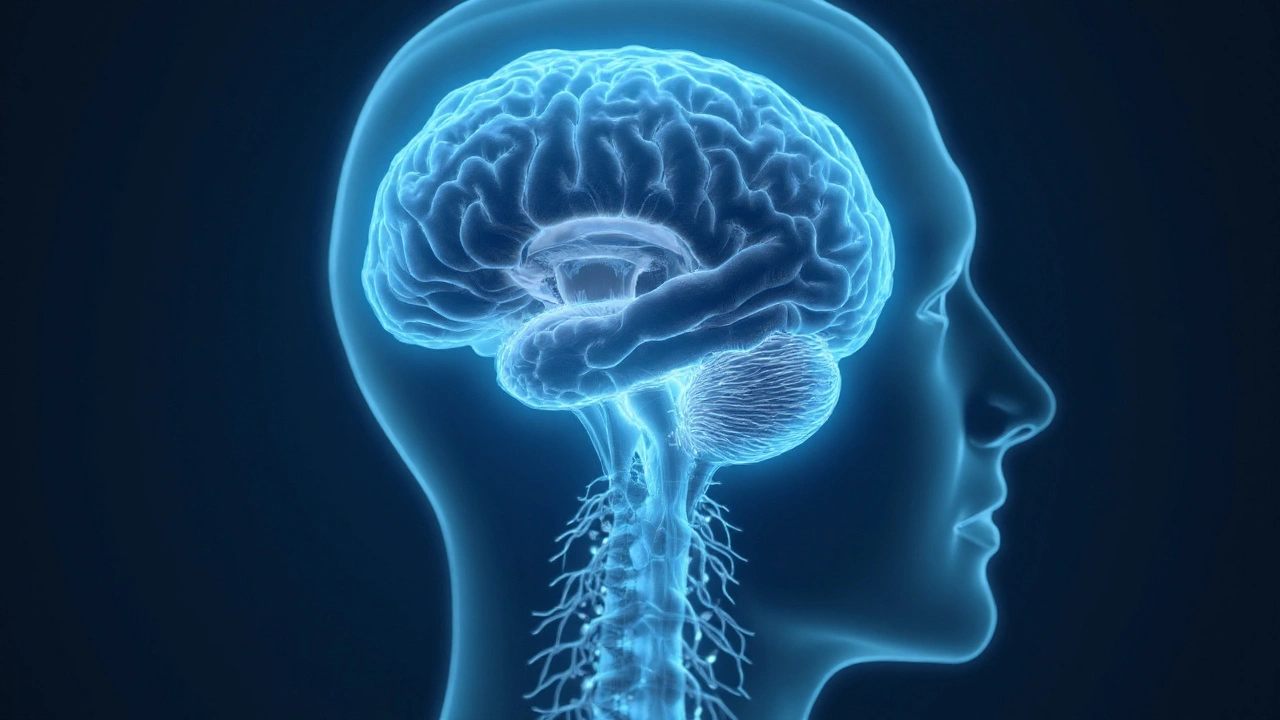
Why Urination Increases After Head Surgery - Neurological Explanation
Explore the neurological reasons behind frequent urination after head surgery or trauma, covering brain‑bladder pathways, lesions, and practical management.
When dealing with intracranial pressure, the pressure generated by blood, cerebrospinal fluid, and brain tissue within the closed skull. Also called ICP, it becomes a concern when it rises above normal ranges, typically 7‑15 mmHg in adults. Elevated intracranial pressure can squeeze delicate brain structures, reduce blood flow, and trigger life‑threatening headaches or vision changes. Understanding what pushes that pressure up is the first step toward keeping it under control.
One major driver is brain edema, the swelling of brain tissue due to fluid accumulation. When cells drink too much water, the skull has nowhere to expand, so pressure spikes. Another critical player is cerebrospinal fluid, the clear liquid that cushions the brain and spinal cord. CSF is produced, circulated, and reabsorbed continuously; any blockage or over‑production throws the pressure balance off. Head trauma, tumors, infections, or bleeding can all disturb this balance, creating a chain reaction where rising pressure worsens swelling, which in turn further hampers CSF flow – a classic feedback loop.
Detecting these shifts relies heavily on neuroimaging, techniques like CT or MRI that visualize brain structures and fluid spaces. Scans reveal enlarged ventricles, compressed sulci, or signs of edema, giving clinicians a clear picture of the pressure’s impact. Management strategies follow a logical sequence: first, treat the underlying cause (e.g., drain excess fluid, control infection, remove a tumor); second, use medications such as osmotic agents or diuretics to draw fluid out of the brain; third, consider surgical options like ventriculostomy when non‑invasive measures fail. Each step reflects a semantic connection – the cause influences the pressure, the pressure dictates the treatment, and the treatment aims to restore normal brain dynamics. Below you’ll find a curated set of articles that dive deeper into each of these aspects, from practical diagnostic tips to step‑by‑step treatment guides.

Explore the neurological reasons behind frequent urination after head surgery or trauma, covering brain‑bladder pathways, lesions, and practical management.